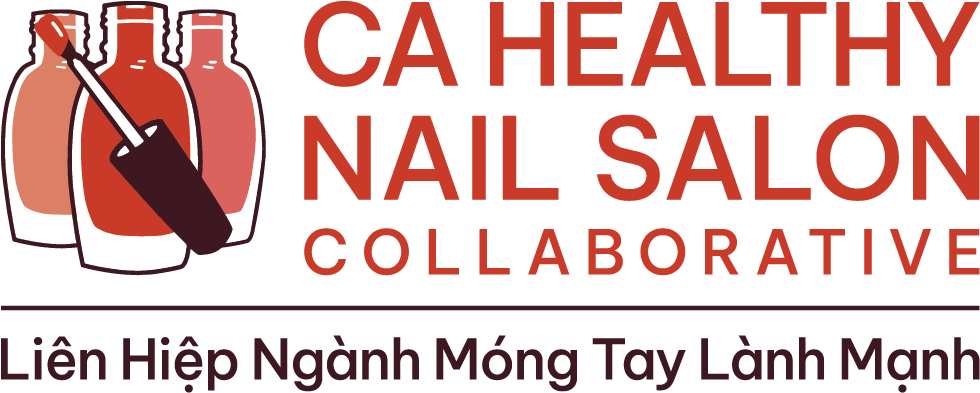Exposed: Ingredients in Salon Products and Salon Worker Health and Safety
MARCH 8, 2023 — Today, health and justice organizations, Women’s Voices for the Earth (WVE), California Health Nail Salon Collaborative (CHNSC) and Black Women for Wellness, released a report that spotlights how new ingredient disclosure requirements for professional salon products are providing improved and vital information about chemical exposure from the use of these products.
The report, Exposed: Ingredients in Salon Products & Salon Worker Health and Safety, calls attention to significant changes the industry has made in increasing ingredient transparency as a result of new laws. It also points to chemicals of concern that -- despite years of documented links to adverse health impacts -- continue to be widely used in professional nail and hair products. Specifically, the report reveals over 30 hazardous ingredients in professional salon products that have not been disclosed on product labels – until now.
The fact sheet spotlighting toxic chemicals in salon products identified in this report is available in English, Spanish, and Vietnamese.
Several significant cosmetics laws newly enacted and in effect in California are providing more information about professional salon products than ever before. Of particular importance to ingredient transparency is AB 2775 that passed in 2018 (introduced by Assembly Member Ash Kalra (D-San Jose)) and was enacted in July 2020, making California the first state in the nation to require manufacturers of professional salon products to disclose their ingredients.
Also of significance to ingredient information of salon products and cosmetics is California’s Fragrance and Flavors Right to Know Act of 2020 (SB 312) which requires manufacturers to report toxic fragrance and flavor ingredients listed on the California Safe Cosmetic Program (CSCP) Reportable Ingredient list to the CSCP. This information is publicly available on the California Safe Cosmetics Program Product Database.
Unlike retail cosmetics, products used by salon professionals were previously not required to list any ingredient information on the label, making it nearly impossible for salon workers to know what chemicals they are being exposed to and preventing workers from selecting products that may pose less of a health risk.
Key findings include:
Hazardous chemicals are found in professional salon products that harm lungs, cause allergic skin reactions and are linked to reproductive harm and cancer.
Despite decades of warnings about these chemicals from public health officials, and known harm to salon workers, very little innovation toward safer chemistry is evident in the professional salon product industry.
The few harmful ingredients that have been removed from products have been replaced with regrettable substitutes.
Manufacturers frequently provide product safety instructions that make it near impossible to use products in a way that avoids harm.
Despite new laws requiring ingredient disclosure, some salon products are still sold without ingredient listings on the label.
This report is not a comprehensive review of all the toxic chemicals that can be found in salon products nor does it include all of the harmful products that can be used in salons. For this report, we analyzed professional salon products salon workers flagged as wanting to know more about.
We would love your support in helping uplift this release. Here is a toolkit with sample social posts, press release, graphics and more: https://drive.google.com/drive/folders/1zsi-kB76BP6hPw5XQMUb4He1hpafpN55?usp=sharing
“I was very healthy before starting work in the nail industry. Three or four years after working in the nail salon industry, my hands started shaking. My entire left arm went numb, so I couldn’t feel it a lot …Then I got cervical cancer. I don’t know if any of my body aches or left-hand numbing, or the cancer is related to the nail salon industry. I just know that after the cancer treatment I had to quit the nail salon work because it is too dangerous for me now.”
–Trish Pham, former nail care professional
